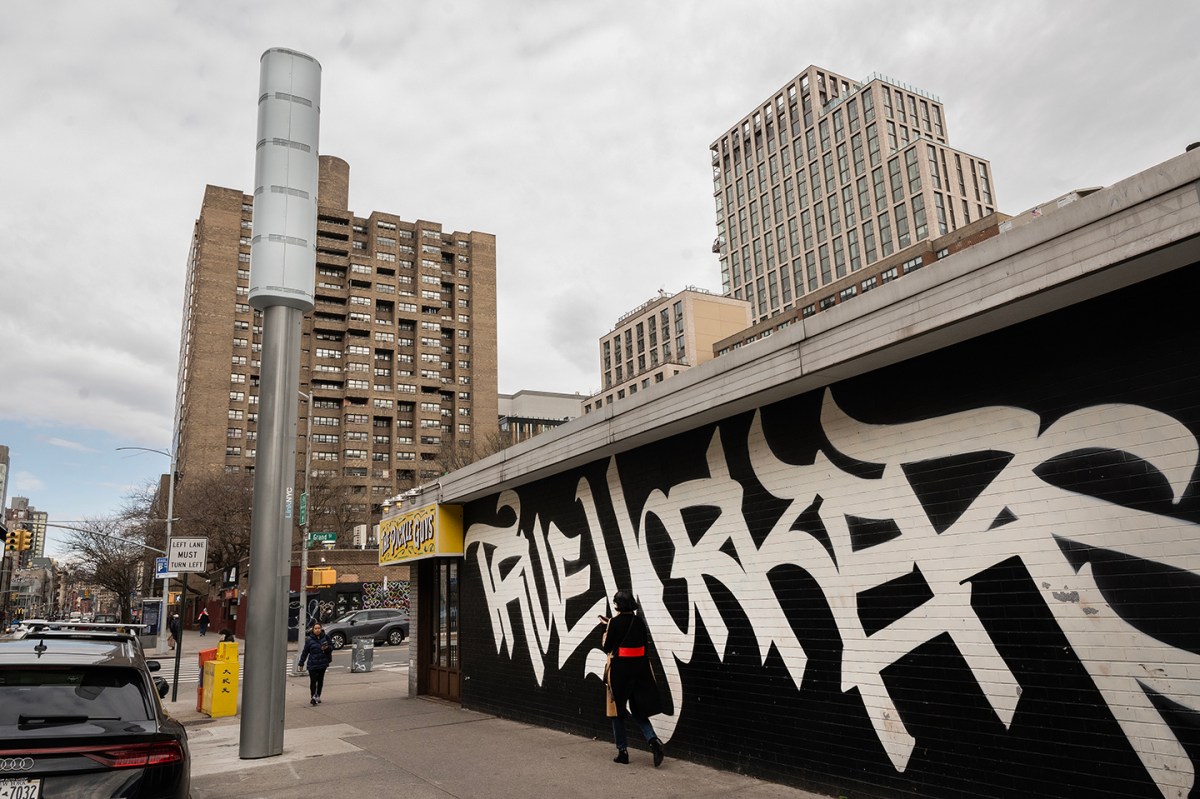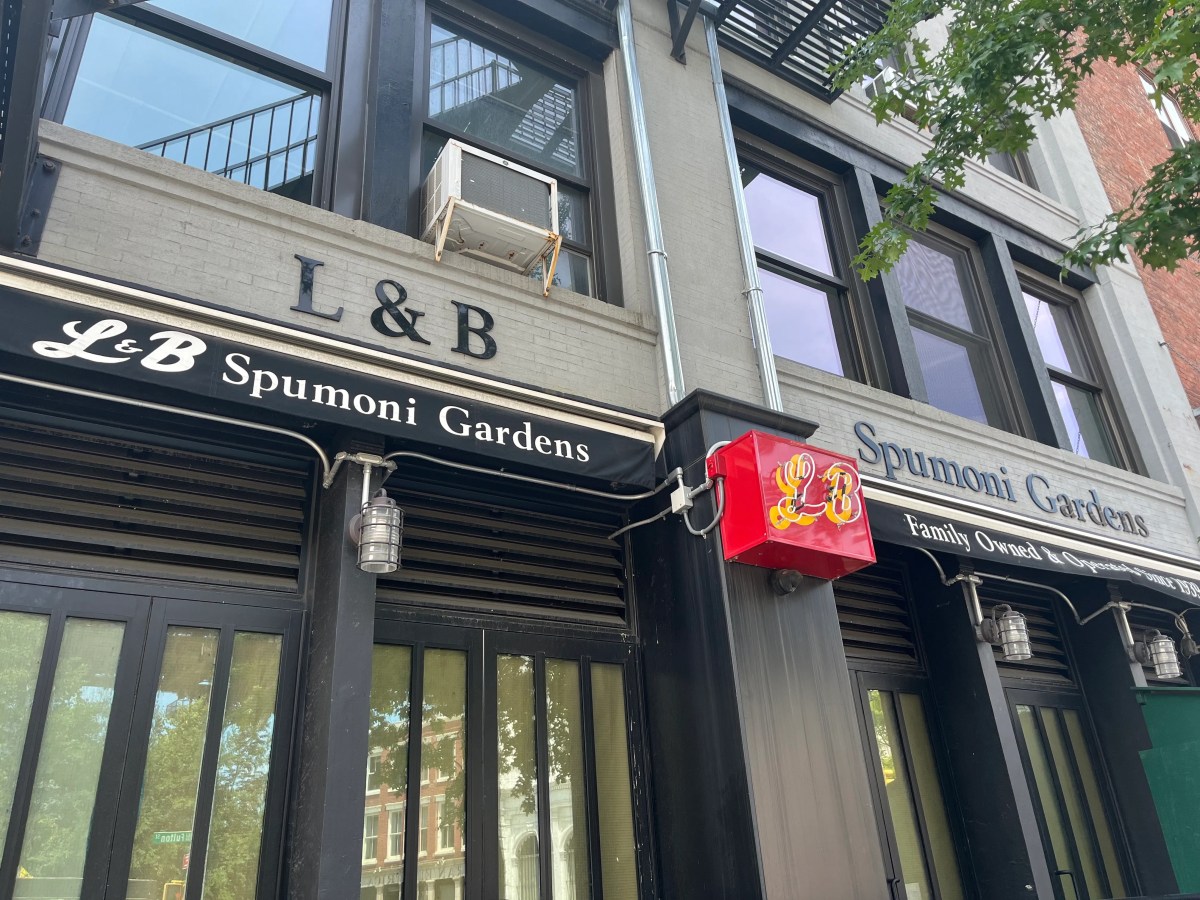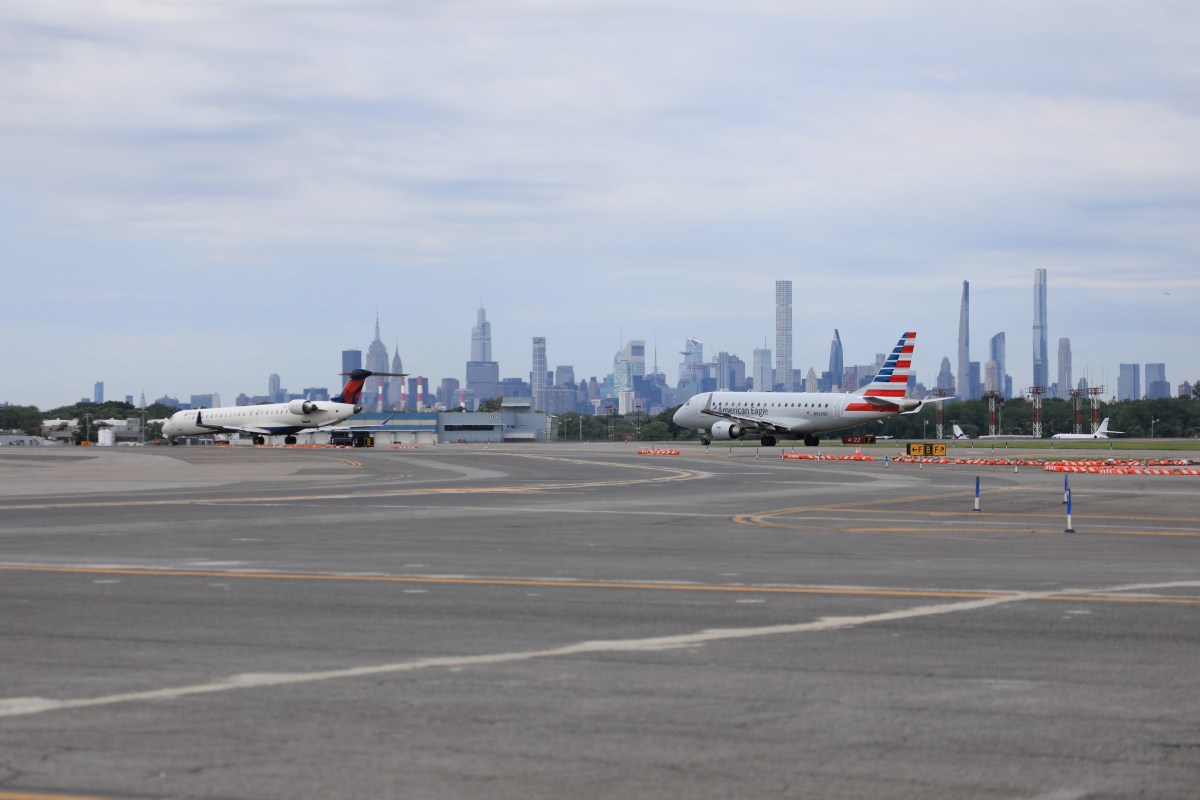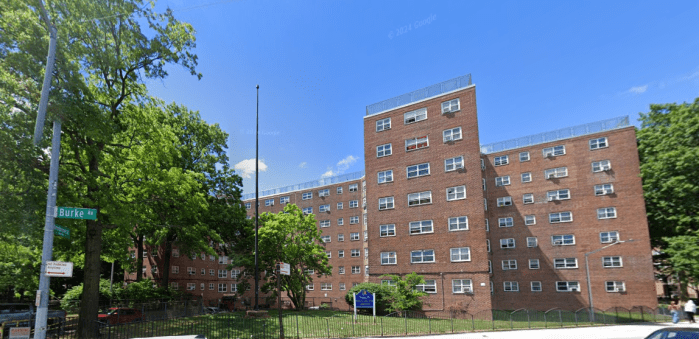Why is it so impossible to make a phone call in Manhattan?
Recent survey data revealed that callers in Manhattan experience more dropped calls than anywhere else in New York — but LinkNYC is looking to help.
According to the study, conducted by HarrisX, 60% of Manhattan residents say they frequently lose service during a phone call, making the borough notably worse than any other.
Meanwhile, Brooklynites dropped calls at the second highest clip, with 48% of residents seeing their calls cut out, followed by the Bronx (44%), Queens (38%) and Staten Island (30%).
As Manhattan typically boasts relatively superior infrastructure, the survey’s findings are a seemingly-counterintuitive result for cell phone service and mobile internet networks — yet, the results make sense to one expert, who explained the dichotomy.
“Cities like New York City are so dense, and that causes many problems,” said Iain Gillott, a senior technical and research advisor for the Wireless Infrastructure Association. “The nature of New York City is going to present challenges that you don’t get in other places.”
There are several compounding factors that make Manhattan uniquely bad for mobile networks according to Gillott. One of the biggest culprits are the things that make Manhattan iconic around the world: Skyscrapers, and lots of them.
“Radio frequencies that the carriers use don’t work well with buildings. These frequencies don’t interact well with steel or concrete, which can block signals,” he said. “And of course, skyscrapers in New York are built of concrete and steel.”
“And then on the outside, you’ve got this nice shiny glass — which tends to reflect cellular connection.”
Making matters worse, carriers like AT&T or Verizon use cell towers that are often located on rooftops, high above street level, where most users are.
“So the connection from the cell phone to the tower on a rooftop can get blocked by a building,” he said. “That signal bounces around in the concrete canyons in Manhattan — it can bounce off windows, and get blocked by the buildings, which causes interference.”
Beyond the physical landscape of Manhattan, the borough also deals with significant population density, which can be detrimental to proper service.

Because so many people are located in such a small area, carriers need more cell towers than more-rural places — where a single tower would properly service a larger geographical area.
“With Manhattan, we’ve got so many people in such a small area, we need more cells to provide the capacity — a cell in New York can be literally a city block, because there’s so many people in that area,” Gillott said.
That can cause significant problems, as moving just a small distance can force the network on mobile devices to jump from one cell tower to another with greater frequency.
“Let’s say you’re on a call while you move up Fifth Avenue. The network actually passes the connection to the different cells as you move up Fifth Avenue — which is called a handoff. They hand off the connection between the cells,” Gillott said.
It’s during those “handoffs” that many dropped calls happen, the technical expert explained.
“And as a caller you shouldn’t really notice it,” he added. “But you may have a gap, and that’s when you get a drop call — one cell is trying to hand off to the next cell, but it can’t.”
With many cumbersome buildings and significant population density (along with a host of other factors), using a cell phone for calls or internet usage can be uniquely challenging.
That’s where LinkNYC is stepping in.
LinkNYC helping cell users in Manhattan
LinkNYC, which provides internet service via their sidewalk-based kiosks, is ideally situated to relieve some of the stress caused by Manhattan’s features.
On one hand, LinkNYC offers free public Wi-Fi emanating from their kiosks, which provides significantly better service than cellular networks like 5G.
“Wi-Fi is definitely superior if you are staying in one location,” Gillott said. “And, if there’s a cell site, and it’s got lots and lots of people on it, and you can remove some of those people who switch to Wi-Fi, that leaves more service for the people still using the cell.”
LinkNYC also launched Link5G in 2021, which provides 5G cellular network connectivity from their sidewalk poles — in a much more efficient way than standard cell towers.
“It gives you the ability to put coverage and capacity right where it’s needed, which is obviously at ground level, because that’s where all the people are,” Gillott said.
In addition to being located closer to users, and away from interfering buildings, the company can also erect Link5G smart poles without the construction-related burden of normal cell towers — providing more connection points, and ensuring less users relying on each one.
As another benefit, the Link5G smart poles can be used by up-to five providers at once — meaning different carriers don’t need to build different towers.
“You can put multiple carriers in one location,” Gillott said. “At the top of the Link5G, you can put in radio signals from five different carriers, so instead of AT&T being on one street pole, and Verizon being on another street pole, you can have five of them on the same street pole.”






































